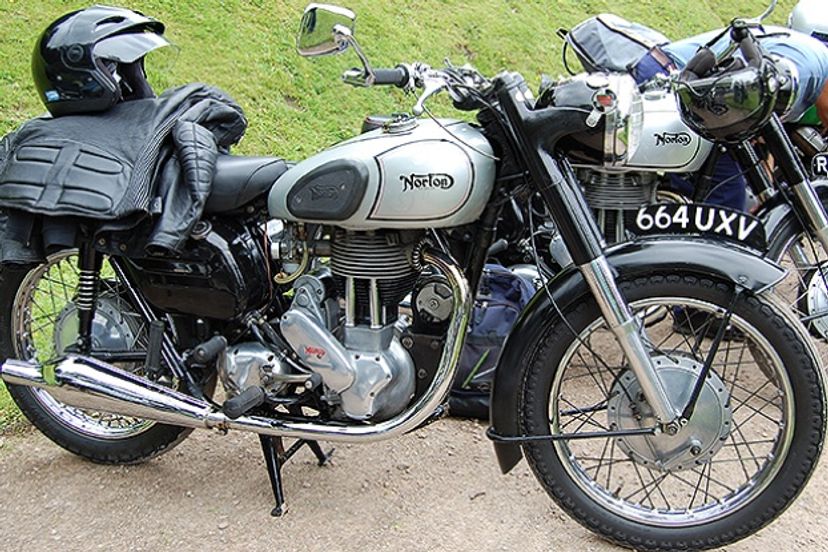
About This Quiz
"Get ready to rev up your engines and test your knowledge with the motorcycle quiz! From Grand Prix dirt bikes to high-end models with built-in navigation systems, motorcycles have a wide appeal. Whether you're a seasoned rider or just a fan of the open road, this quiz is sure to challenge and entertain you.
Search through the questions and see how much you know about the world of motorcycles. Take just 1 minute out of your day to play and learn about these incredible machines. The motorcycle quiz is a fun way to explore the world of two-wheeled transportation and test your skills against other enthusiasts.
So, what are you waiting for? Play the motorcycle quiz now and see if you can race to the top of the leaderboard. Challenge your friends to see who knows the most about these awesome vehicles. Get ready to rev your engines and enjoy the ride with this exciting and informative quiz!
"The layout of the modern motorcycle has remained relatively unchanged since it was established in 1914.
Rotational force created by the crankshaft is transmitted to the motorcycle's rear wheel via the transmission.
Motorcycle engines are generally classified by the number of cylinders they have, the capacity of their combustion chambers or the number of strokes in their power cycles.
Advertisement
During World War I, American and European armies used motorcycles extensively. In 1917, the U.S. military bought nearly one-third of all Harley-Davidson motorcycles produced; in 1918, that figure rose to 50 percent.
A chain, belt or shaft is used to transmit engine power to a motorcycle's rear wheel.
Heavy shaft drives sometimes cause unwanted motion, called shaft jacking, in the motorcycle's rear.
Advertisement
A motorcycle chassis includes the frame, suspension, wheels and brakes.
Cast wheels allow the bikes to use tubeless tires, which, unlike traditional pneumatic tires, don't have an inner tube to hold the compressed air. Instead, the air is held between the rim and the tire, relying on a seal to maintain the internal air pressure.
Riders engage the front brake with a hand lever on the right grip and the rear brake with the right foot pedal.
Advertisement